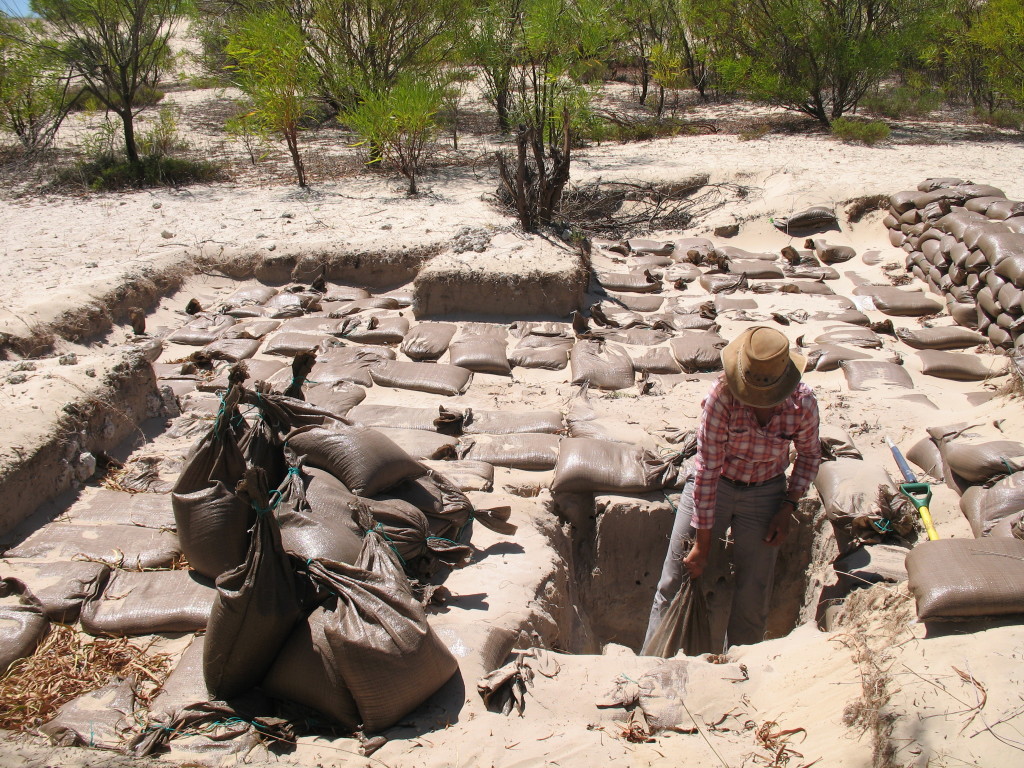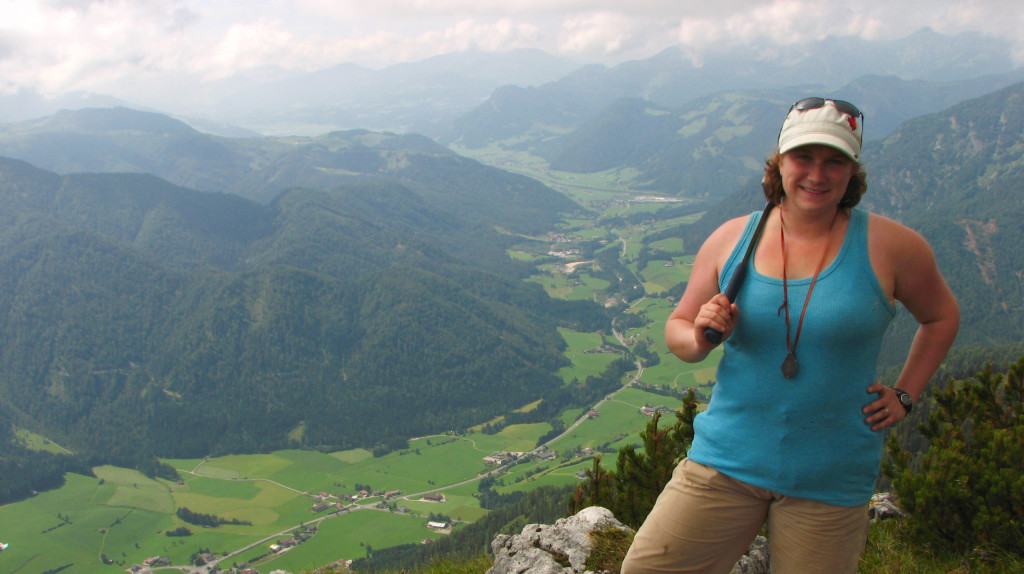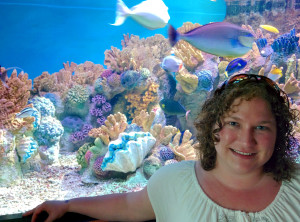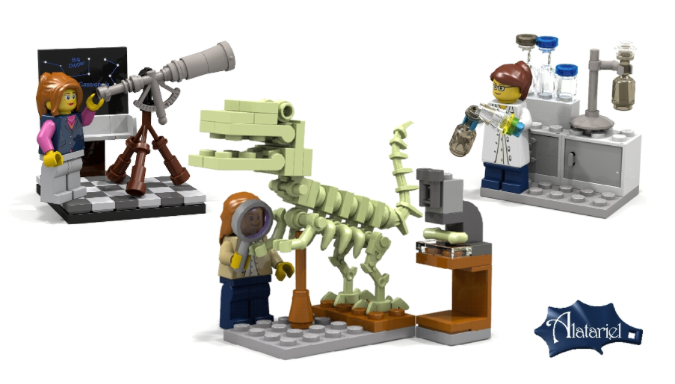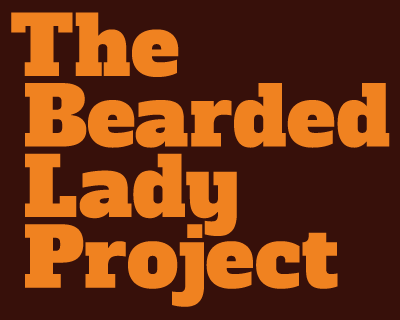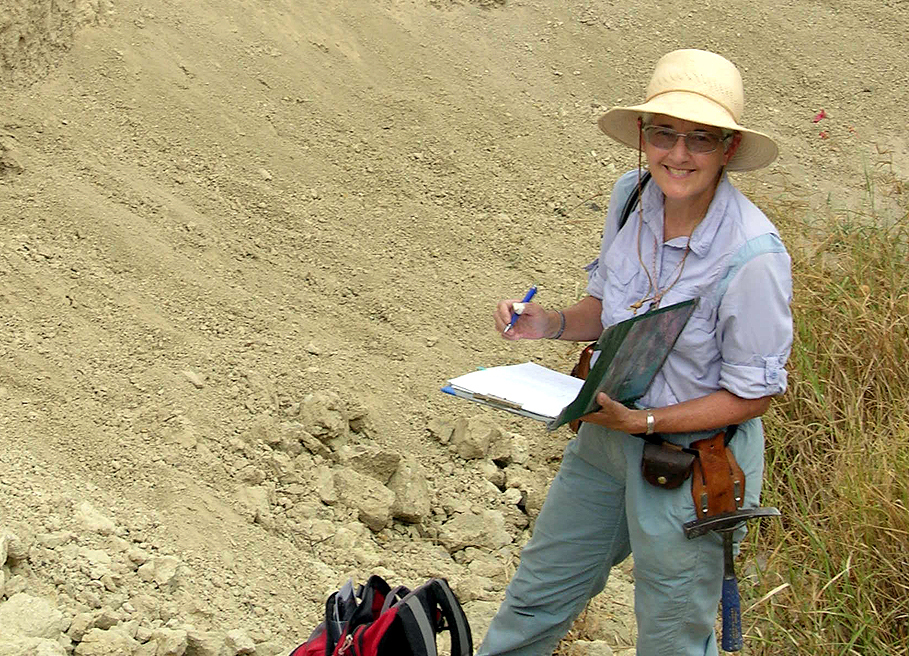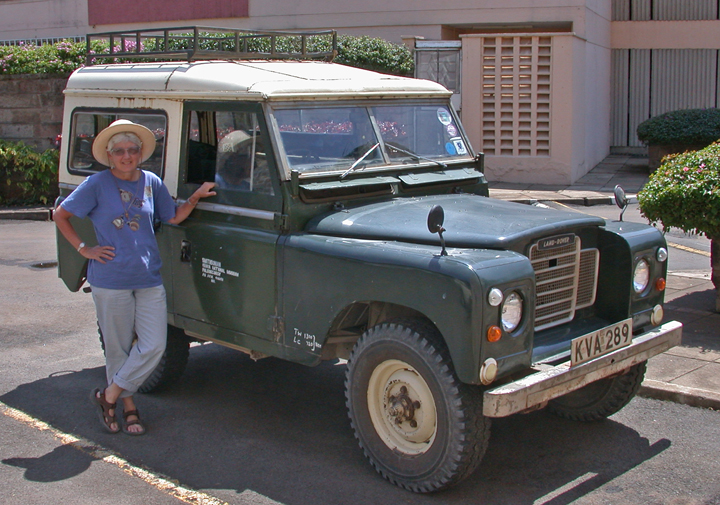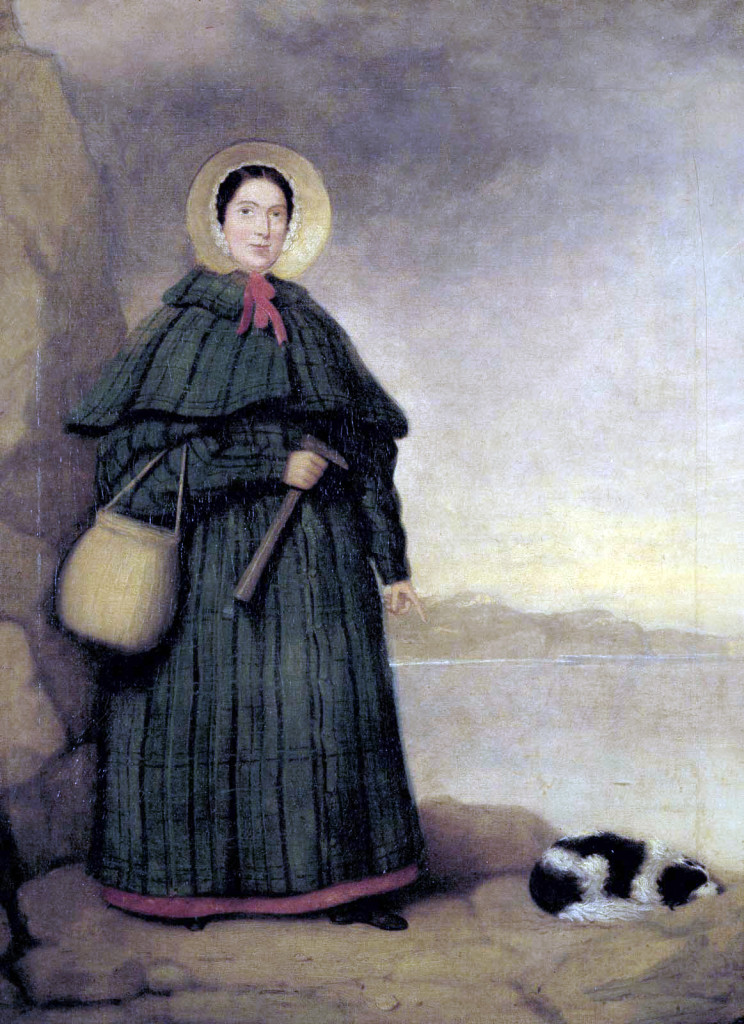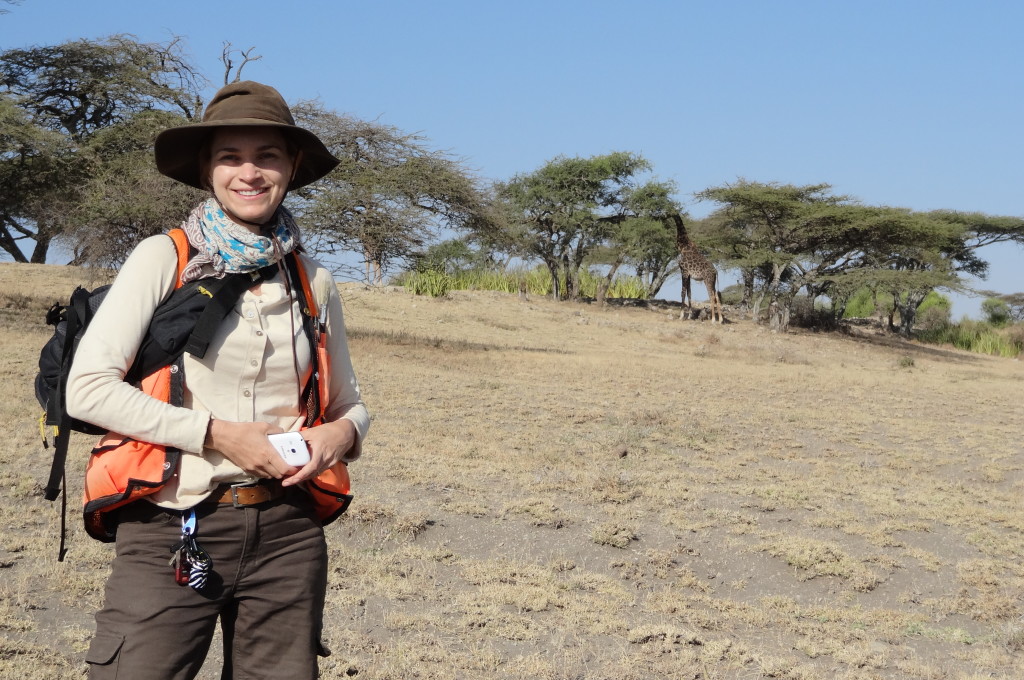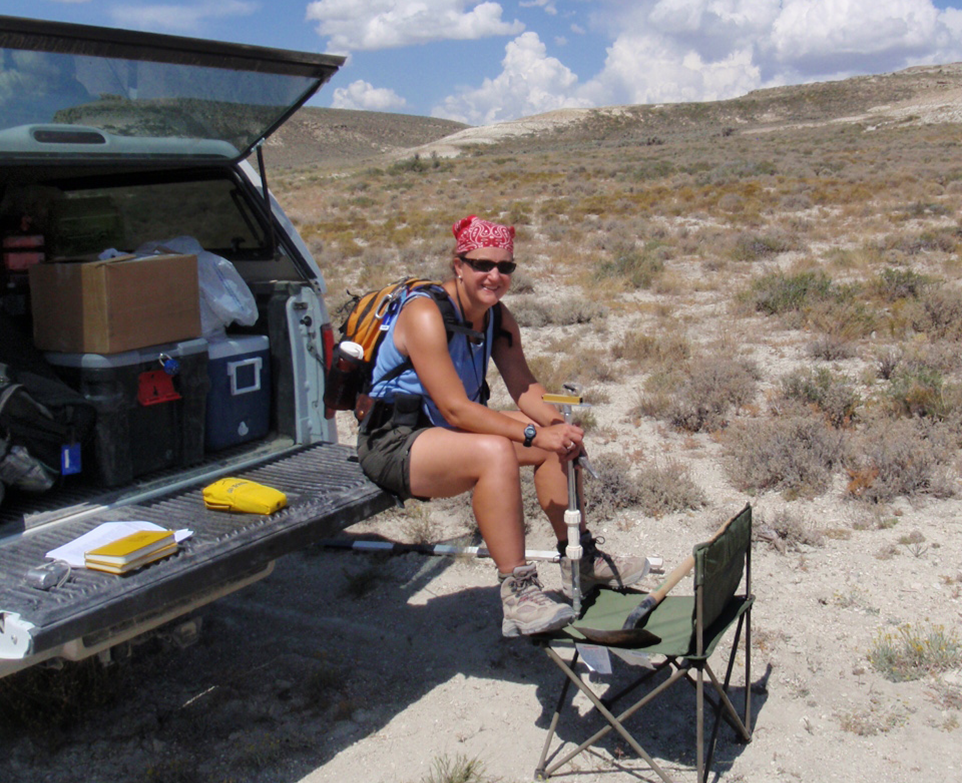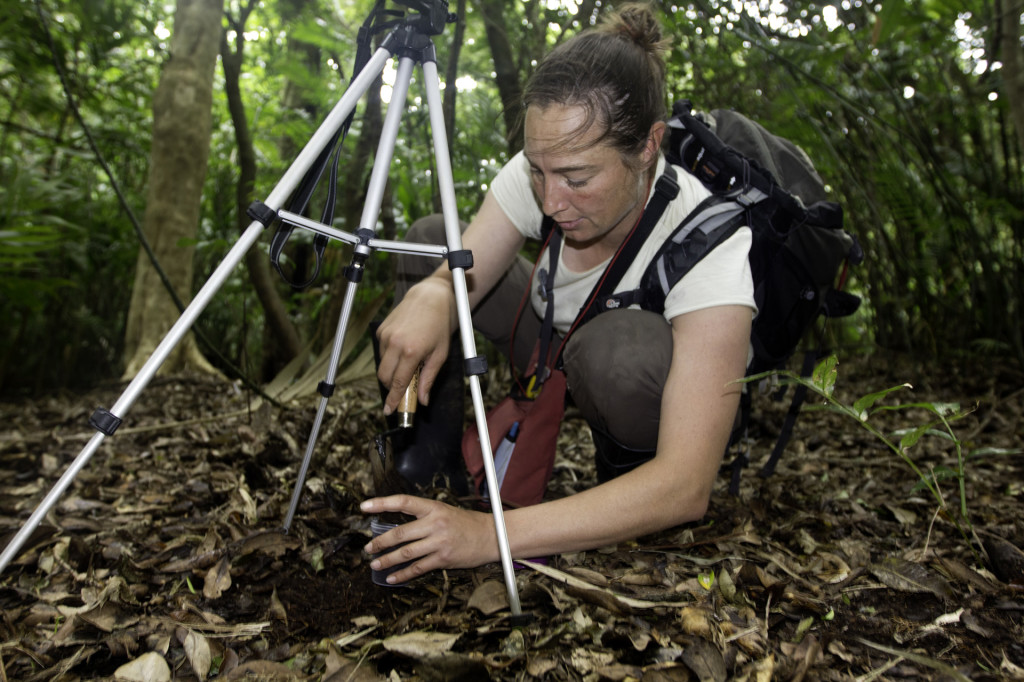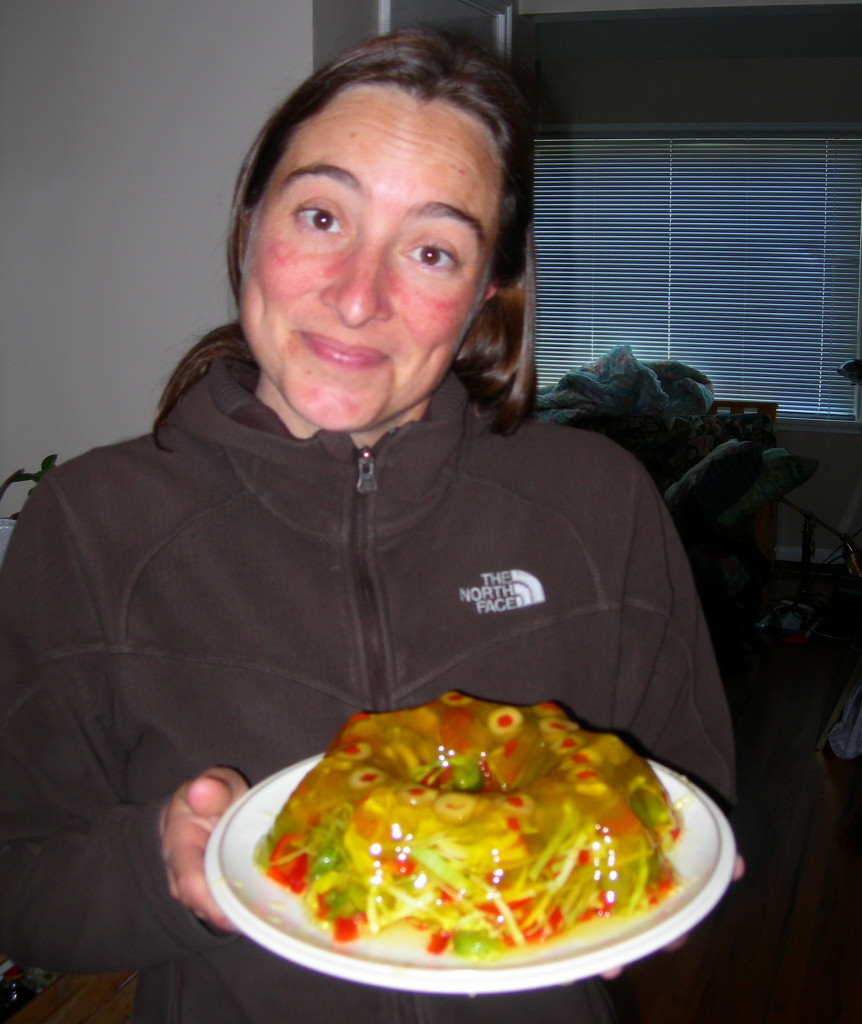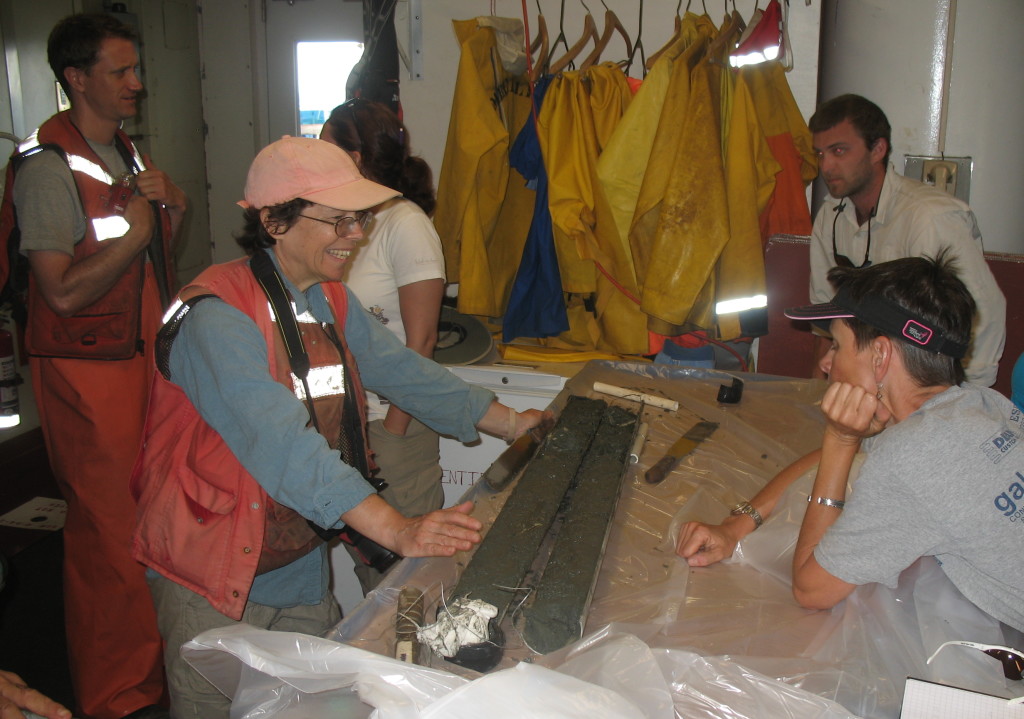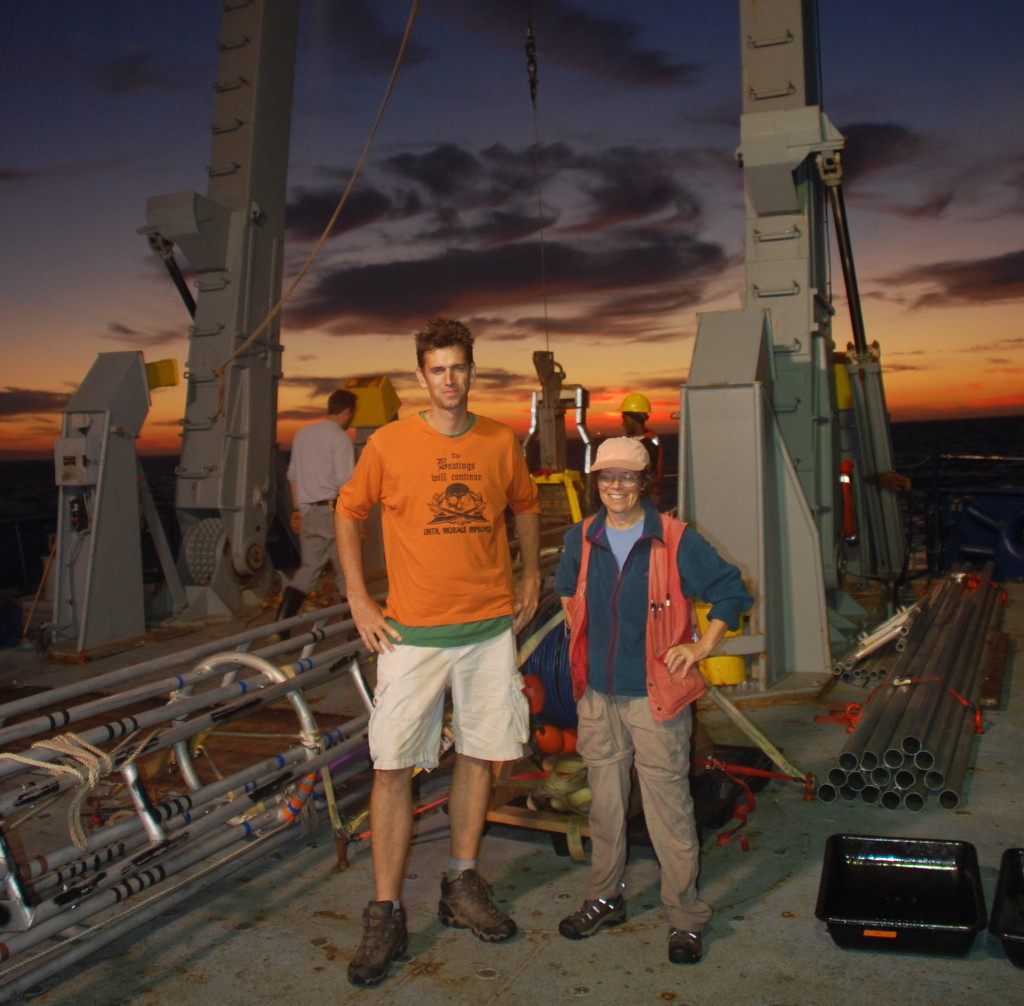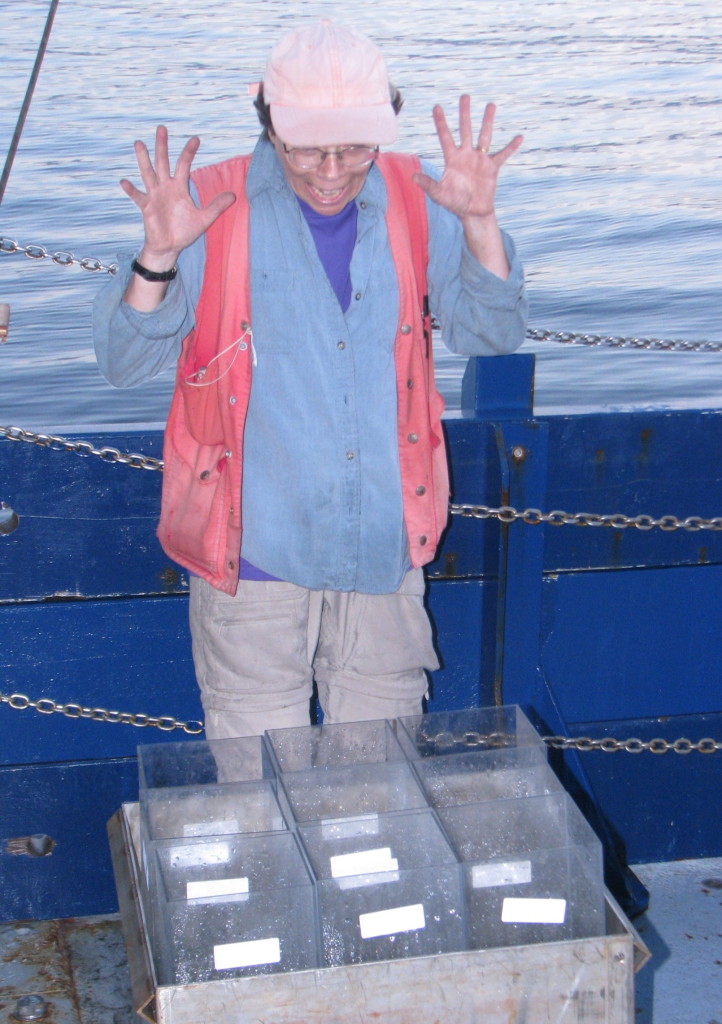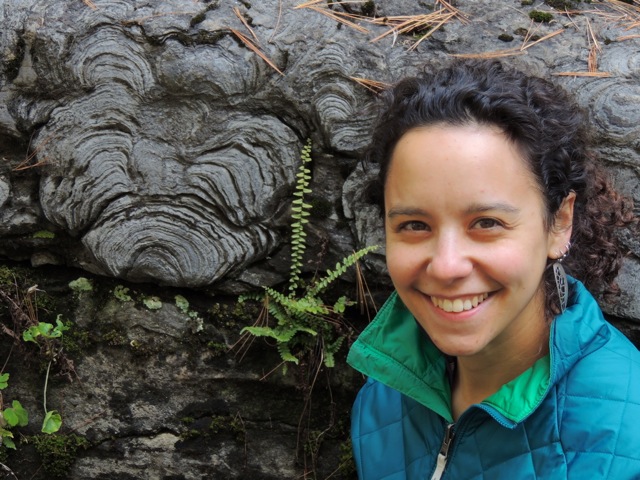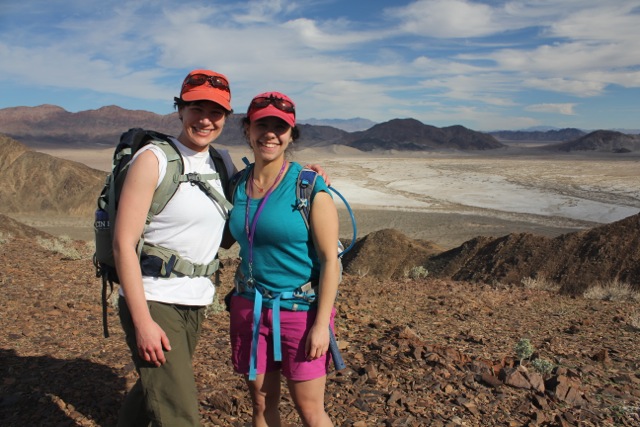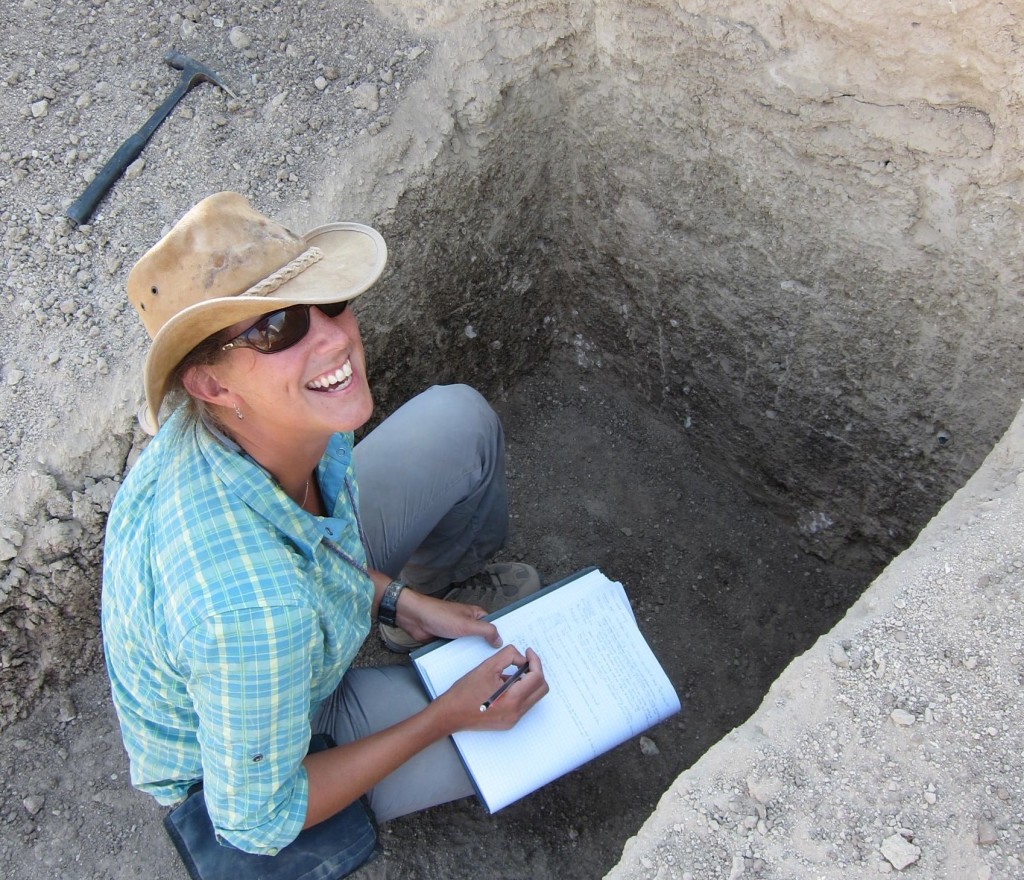
PhD from U. of Utah, MS from U of Arizona, BS & BA from Stanford
Field sites past & present: Ethiopia, Kenya, South Africa, Mexico, Peru, Greece, Wyoming
All of the scientists profiled here love fieldwork. How could they not? They collect data to satisfy their curiosity (sometimes, there truly is the thrill of discovery!), develop camaraderie and close friendships with their field mates, visit foreign and beautiful lands, and experience different cultures. But, there are also physical, mental, and emotional hardships associated with outdoor labor in the oft-rugged terrain that is home to many of our most interesting field sites. Blazing heat or icy cold, sun, dust, wind. Bugs (insects, pathogens, or both), poisonous snakes, bears. Hauling in the water you need, digging your own toilet, digging out stuck field vehicles. For the newcomer, this can all be a bit daunting.
Which is exactly why rookies need to go to the field with someone like Dr. Naomi Levin. According to her students, Naomi likes to add fun and games to fieldwork. For example, after spending a few days at the Elandsfontein archeological site in South Africa, she started a game in which she’d buy pizza and beer for all the students if she could correctly predict what they would find in a 2-meter hole. Crucial explanation point #1- The rock layers of interest at Elandsfontein are largely buried by modern dunes, and so many holes are needed to reconstruct the paleolandscape. Crucial explanation point #2- Students do most of the digging. Crucial explanation point #3- The game ended with many happy students.
Another popular game that Naomi created at Elandsfontein- “It’s time to play fizz or no fizz!!” The basis for this game is that for decades, white nodules in the sediments were thought to be carbonate: the color was right and the hypothesized paleoenvironment was right. But, carbonate fizzes if you drop HCl on it, and Naomi discovered that the many of the nodules did not fizz. Naomi used the “fizz or no fizz” game to get archeological students to learn if the white nodules and other material at the study site had carbonate or not and why they may or may not have carbonate. Many of these students left that season very interested in rocks!
Many of you may be wondering what the big deal is about carbonate nodules, and why Naomi spends so much time finding and analyzing them. Carbonate forms in some soils, and chemical analyses can be used to determine the environment in which that soil formed. The amount of heavy vs. light carbon documents past vegetation. Grasses incorporate more heavy carbon into their cells than do most shrubs and trees, and so carbonate nodules formed in grasslands also have heavier carbon than those that form in forested regions. The ratio of heavy to light oxygen can tell us about the amount and seasonality of rainfall, as well as the source water for the rain.
Thanks to Naomi’s work on carbonates, isotopes in fossil teeth (similar principles of reconstructing paleoenvironment as described for carbonates), and stratigraphy in East Africa, we now know a lot more about the environments in which our earliest hominid ancestors arose and evolved. In particular, considerable controversy surrounds the question of whether our earliest ancestor who walked on two legs was a savanna or forest dweller. Did a transition from forests to grasslands drive the evolution of bipedalism, or were other factors more important (e.g., freeing up our hands for tool use, infant care, or other)? Thus, Naomi’s work bridges disciplines – geology, paleontology, anthropology, and paleoclimate – and she has shown that crossing disciplines produces really excellent science!
For more information on Dr. Naomi Levin, please visit: http://www.nlevin.net
In October, Naomi received the Donath Medal, the highest award given by the Geological Society of America to a scientist under 35. Her citation and response are available here and an interview with GSA TV here.
